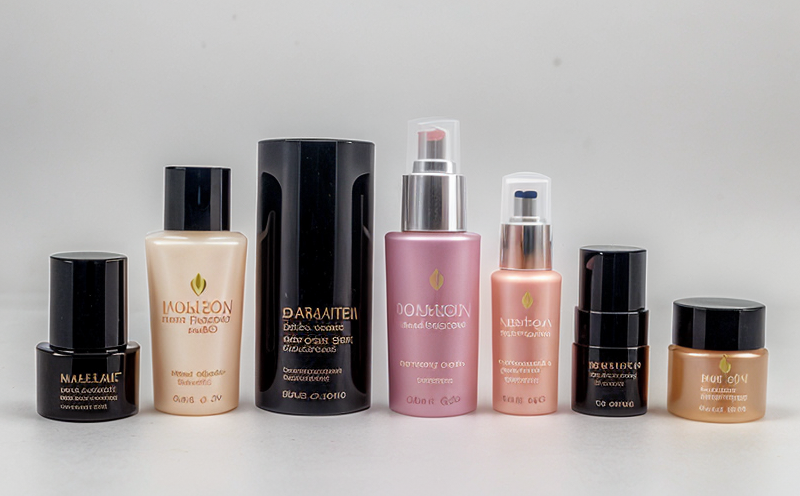Packaging Interaction & Migration in Cosmetic Products
The packaging of cosmetic products is a critical aspect that affects not only the product’s shelf life but also consumer safety and satisfaction. Packaging interaction and migration refer to the transfer of substances from the container or packaging material into the cosmetic product. This phenomenon can result from various factors such as chemical properties, environmental conditions, and the nature of the contents.
Understanding these interactions is crucial for ensuring that the final product meets regulatory standards and maintains its quality throughout its shelf life. Regulatory bodies like the FDA, EC, and HC have stringent requirements regarding packaging interaction to protect consumers from potential health risks.
The testing of packaging interaction involves evaluating the migration of substances into the cosmetic product. This is typically done using standardized methods such as ISO 16075-8, which specifies a procedure for determining the transfer of migrants from packaging materials to contents.
In this context, the laboratory uses advanced analytical techniques like High Performance Liquid Chromatography (HPLC) and Gas Chromatography-Mass Spectrometry (GC-MS) to detect even trace amounts of migrated substances. These instruments provide precise quantification of potential contaminants, ensuring that the migration levels are within acceptable limits.
The acceptance criteria for packaging interaction tests include compliance with relevant standards such as EU Regulation 1223/2009 on cosmetic products and WHO guidelines. Compliance ensures that the product remains safe for consumer use, thus maintaining brand reputation and regulatory adherence.
The importance of this testing cannot be overstated. Non-compliance can lead to product recalls, legal issues, and damage to a company’s reputation. In severe cases, it can result in health hazards if the migrated substances are harmful or allergenic.
Why It Matters
The migration of substances from packaging into cosmetic products poses significant risks to consumer safety and product integrity. These risks include:
- Harmful chemicals: Migrated substances may be toxic or allergenic, leading to adverse health effects.
- Product degradation: Certain materials can degrade over time, affecting the quality and effectiveness of the product.
- Limited shelf life: The migration process can shorten the shelf life of cosmetic products, reducing their usability for consumers.
Beyond these risks, packaging interaction also impacts brand reputation. A single recall or regulatory breach can tarnish a company’s image, leading to a loss of consumer trust and market share. Therefore, comprehensive testing is essential to ensure that all potential issues are identified and addressed early in the product development process.
Customer Impact and Satisfaction
The impact of packaging interaction on customer satisfaction can be profound. Consumers expect high-quality, safe products that meet their expectations. If packaging interacts with the cosmetic product in harmful ways, it can lead to:
- Damage to the product’s appearance or texture.
- Reduced efficacy of the product due to compromised ingredients.
- Increased likelihood of allergic reactions or other adverse effects.
These factors can significantly reduce customer satisfaction and loyalty. Ensuring that packaging interaction is managed effectively through rigorous testing helps maintain brand integrity and enhances consumer trust, leading to higher levels of customer satisfaction.
Use Cases and Application Examples
| Use Case | Description |
|---|---|
| Metallic Packaging with Oils | Testing for the migration of metal ions from metallic packaging into oil-based cosmetic products. |
| PET Bottles with Perfumes | Evaluation of the transfer of plasticizers and other chemicals from PET bottles to perfumed products. |
| Aluminum Foil with Moisturizers | Detection of aluminum migration into moisturizer formulations stored in foil containers. |
- In Metallic Packaging with Oils, the primary concern is the release of metal ions such as copper and lead, which are known to be harmful if present in cosmetic products. This test ensures that these elements do not exceed safe limits.
- The PET Bottles with Perfumes scenario focuses on checking for the presence of plasticizers like diisononyl citrate (DINP) and other potentially harmful chemicals that could migrate into perfumed products.
- In the case of Aluminum Foil with Moisturizers, aluminum migration is a key concern, especially when dealing with long-term storage. This test ensures that the aluminum content remains within acceptable levels to prevent any adverse effects on consumer health.





